Home>diy>Building & Construction>What Is The Down Payment Requirement For A Construction Loan


Building & Construction
What Is The Down Payment Requirement For A Construction Loan
Modified: February 25, 2024
Learn how much down payment is required for a construction loan in the building construction industry. Find out the necessary funds needed to kickstart your construction project.
(Many of the links in this article redirect to a specific reviewed product. Your purchase of these products through affiliate links helps to generate commission for Storables.com, at no extra cost. Learn more)
Introduction
Welcome to the world of construction loans! If you’re planning to build your dream home or undertake a major renovation project, understanding how construction loans work is crucial. One aspect that often confuses people is the down payment requirement for construction loans.
In this article, we will delve into the specifics of construction loans and break down the factors that affect the down payment amount. By the end of this article, you will be equipped with the knowledge to navigate the process of securing a construction loan and make informed decisions about your building project.
Construction loans are unique because they differ from traditional mortgages. Unlike a standard home loan where the entire amount is disbursed upfront, construction loans serve a different purpose. They are designed to finance the construction of a new home or the renovation of an existing property.
One of the key differences between construction loans and regular mortgages is the down payment requirement. While traditional mortgages typically have down payment requirements ranging from 3% to 20%, construction loans usually require a higher down payment. This is because construction loans are considered riskier by lenders due to the possibility of cost overruns or project delays.
The down payment percentage for construction loans can vary, but it is typically between 20% to 25% of the total project costs. However, it’s important to note that this percentage can differ based on several factors, which we will explore in the following sections of this article.
Now that we have a basic understanding of construction loans and the higher down payment requirement, let’s delve deeper into the factors that can affect the down payment amount.
Key Takeaways:
- Construction loans typically require a higher down payment, ranging from 20% to 25% of the total project costs, due to the inherent risks associated with construction projects, such as cost overruns and delays.
- Factors such as the loan-to-value ratio, credit score, lender’s policies, project size, and market conditions can influence the specific down payment percentage for construction loans, making it crucial for borrowers to understand and evaluate these factors.
Understanding Construction Loans
Construction loans are a type of loan specifically designed for financing the construction or renovation of a property. They differ from traditional mortgages in that they are not disbursed in one lump sum. Rather, construction loans disburse funds in a series of payments, known as “draws,” that are tied to specific stages of the construction process.
With a construction loan, the borrower receives funds to pay for the construction costs, including materials, labor, permits, and other expenses. The loan typically has a short-term duration, typically ranging from six months to two years. During this period, the borrower pays interest-only payments on the amount disbursed, and once the construction is complete, the borrower can convert the loan into a traditional mortgage or refinance the loan.
Construction loans can be either “one-time close” or “two-time close.” In a one-time close loan, also known as a construction-to-permanent loan, the borrower only goes through the loan application process once. The loan combines the construction financing and the permanent mortgage into a single loan. This eliminates the need to go through the application process and pay closing costs twice.
In contrast, a two-time close loan requires the borrower to obtain separate construction financing and permanent mortgage loans. With this option, the borrower will have to undergo the application process and pay closing costs twice. However, two-time close loans may offer more flexibility in terms of selecting the permanent mortgage option after the construction process is complete.
Now that we have a basic understanding of construction loans, let’s explore the specific requirements and factors that affect the down payment amount for these loans.
Down Payment Requirements for Construction Loans
When it comes to construction loans, the down payment requirements are typically higher compared to traditional mortgages. The down payment amount is a percentage of the total project costs and is necessary to secure the loan. While the specific down payment percentage can vary, it is typically in the range of 20% to 25%.
The higher down payment requirement for construction loans is determined by the lenders to mitigate the risk associated with these types of loans. Construction projects can be complex and unpredictable, with the possibility of unexpected costs or delays. Lenders want to ensure that borrowers have a significant financial stake in the project to minimize the risk of default.
It’s important to note that the down payment for a construction loan is not the same as the down payment for a traditional mortgage. In a traditional mortgage, the down payment is based on the purchase price of the home. However, in a construction loan, the down payment is calculated based on the total project costs, which includes the land value, construction expenses, permits, fees, and contingency costs.
For example, if the total project costs for your new home construction project amount to $500,000, a 20% down payment requirement would mean that you need to put down $100,000. Keep in mind that the down payment is typically paid in installments or draws as the construction progresses.
It’s essential to have a clear understanding of the down payment requirements before applying for a construction loan. Knowing the down payment amount will help you evaluate your financial readiness and plan accordingly.
Now that we understand the basic down payment requirements for construction loans, let’s take a look at the various factors that can affect the down payment amount.
Factors Affecting Down Payment Amounts
While construction loans typically require a higher down payment compared to traditional mortgages, the specific down payment percentage can vary based on several factors. Let’s explore the key factors that can affect the down payment amount for a construction loan:
- Loan-to-Value Ratio (LTV): The loan-to-value ratio is a crucial factor in determining the down payment requirement. It is the ratio of the loan amount to the appraised value of the property. Construction loans usually have a lower LTV compared to traditional mortgages. Lenders may require a lower LTV to minimize their risk, requiring borrowers to provide a higher down payment. Factors such as the borrower’s credit score and financial history can also impact the LTV ratio.
- Credit Score and Financial History: Lenders assess the borrower’s creditworthiness when determining the down payment requirement. A higher credit score and a strong financial history can help secure a construction loan with a lower down payment. Lenders view borrowers with a good credit history and stable income as less risky, thus allowing for a lower down payment requirement.
- Lender’s Policies and Requirements: Each lender may have different policies and requirements regarding down payments for construction loans. It’s essential to research and compare lenders to find one that offers favorable terms and down payment requirements that align with your financial situation and project needs.
- Project Size and Complexity: The size and complexity of the construction project can influence the down payment amount. Larger and more complex projects generally entail greater risk and costs. Lenders may require a higher down payment for such projects to account for potential challenges and uncertainties.
- Market Conditions: The current market conditions can also impact the down payment requirement. During periods of economic instability or uncertainty, lenders may tighten their lending criteria and require a higher down payment. It’s important to stay informed about market conditions and be prepared for potential changes in down payment requirements.
These are some of the main factors that can affect the down payment amount for a construction loan. It’s essential to discuss your specific circumstances with potential lenders to understand their requirements and determine the down payment amount that applies to your project.
Now that we have explored the factors that can affect the down payment amount, let’s discuss the available financing options for construction loans.
Loan-to-Value Ratio (LTV)
The loan-to-value ratio (LTV) is a crucial factor that lenders consider when determining the down payment requirement for a construction loan. The LTV ratio is the percentage of the loan amount in relation to the appraised value of the property. It is used by lenders to assess the level of risk associated with the loan. A higher LTV ratio indicates a higher loan amount relative to the property’s value, which may increase the lender’s risk exposure.
For construction loans, lenders typically require a lower LTV compared to traditional mortgages. This means that borrowers are expected to provide a larger down payment to reduce the loan amount relative to the property’s value. The specific LTV ratio can vary depending on the lender and other factors such as the borrower’s credit score and financial history. It is not uncommon for construction loans to have an LTV ratio of around 80%.
The LTV ratio plays a significant role in determining the down payment amount. A lower LTV ratio generally translates to a lower down payment requirement. For example, if the lender specifies an LTV ratio of 80% for a construction loan, you would need to make a 20% down payment. This means that if your total project costs amount to $500,000, you would need to provide a down payment of $100,000.
Factors such as credit score and financial history can also influence the LTV ratio. Borrowers with a higher credit score and a strong financial background may qualify for a lower LTV ratio and subsequently a lower down payment requirement. Conversely, borrowers with lower credit scores or less stable financial histories may face a higher LTV ratio and a higher down payment requirement.
It’s important to note that the LTV ratio applies not only to the loan amount but also to the overall project costs. This includes the land value, construction expenses, permits, fees, and contingency funds. Lenders assess the value of the completed project when determining the LTV ratio, taking into account the appraised value of the property upon completion.
Before applying for a construction loan, it’s crucial to understand the lender’s specified LTV ratio and how it will impact the down payment requirement. By knowing the LTV ratio, you can estimate the down payment amount and plan your finances accordingly.
Now that we’ve explored the concept of the loan-to-value ratio, let’s move on to discussing credit scores and financial history and their impact on construction loan down payments.
When applying for a construction loan, aim for a down payment of at least 20% to increase your chances of approval and secure better terms.
Credit Score and Financial History
When it comes to acquiring a construction loan, your credit score and financial history play a significant role in determining the down payment requirement. Lenders use this information to assess your creditworthiness and evaluate the level of risk associated with lending you the funds for your construction project.
Your credit score is a numerical representation of your creditworthiness and reflects your history of borrowing and repaying debts. It ranges from 300 to 850, with a higher score indicating a better credit profile. Lenders consider credit scores as an indication of how likely you are to repay the loan on time.
A higher credit score can potentially allow you to qualify for a lower down payment requirement on your construction loan. Lenders view borrowers with higher credit scores as less risky and more likely to honor their financial commitments. As a result, they may be more lenient with down payment requirements, allowing you to have a smaller percentage of the total project costs as a down payment.
On the other hand, a lower credit score may lead to a higher down payment requirement. Lenders could perceive borrowers with lower credit scores as higher risk and may compensate for that risk by requiring a larger down payment to protect their investment.
In addition to credit scores, lenders also consider your financial history when determining the down payment requirement. They will evaluate factors such as your income stability, employment history, and debt-to-income ratio (DTI). A stable income and a low DTI demonstrate financial stability and the ability to manage debt responsibly.
If you have a strong financial history with a stable income, a good credit score, and a low DTI, you may have more negotiating power with lenders. This could potentially result in a lower down payment requirement for your construction loan.
Conversely, if your financial history shows inconsistencies, a higher DTI, or a poorer credit score, lenders may view you as higher risk. In such cases, they may require a larger down payment to offset that risk and ensure they have sufficient collateral in the event of default.
It’s important to be aware of your credit score and financial history and take steps to improve them if necessary before applying for a construction loan. This includes paying bills on time, reducing outstanding debt, and addressing any errors or discrepancies on your credit report.
By having a good credit score and a strong financial history, you may increase your chances of qualifying for a construction loan with a lower down payment requirement, ultimately saving you money and making your project more financially feasible.
Now that we’ve explored the impact of credit scores and financial history on down payment requirements, let’s move on to discussing the available financing options for construction loans.
Available Financing Options
When it comes to financing your construction project, there are several options available to consider. It’s important to explore these options to find the one that best suits your needs and financial situation. Here are some common financing options for construction loans:
- Traditional Banks: Many traditional banks offer construction loans. These loans typically have higher down payment requirements and stricter eligibility criteria. However, they may offer competitive interest rates and terms.
- Credit Unions: Credit unions are member-owned financial institutions that often provide construction loans at competitive rates. They may offer more flexible terms and eligibility requirements compared to traditional banks.
- Specialized Construction Lenders: Some lenders specialize in construction loans and have extensive experience in financing building projects. These lenders may offer unique features and tailored loan options specifically designed for construction purposes.
- Government-backed Programs: Government agencies such as the Federal Housing Administration (FHA) and the Department of Veterans Affairs (VA) offer loan programs specifically for construction purposes. These programs may offer more flexible eligibility criteria and down payment requirements.
- Builder Financing: In some cases, the builder or contractor you are working with may offer financing options for your construction project. This can be convenient, but it’s important to carefully review the terms and conditions to ensure they align with your needs and financial goals.
When considering financing options, it’s crucial to compare interest rates, down payment requirements, fees, and repayment terms. Additionally, evaluate the lender’s reputation, customer service, and overall experience in dealing with construction loans.
Another important consideration is to decide whether to opt for a one-time close loan or a two-time close loan, as mentioned earlier. One-time close loans provide the convenience of combining construction financing and permanent mortgage into a single loan, while two-time close loans offer more flexibility in choosing the permanent mortgage option.
Keep in mind that while construction loans may have higher down payment requirements, they typically have lower interest rates during the construction phase compared to a traditional mortgage. Once the construction is complete, the loan can be converted into a permanent mortgage with a fixed interest rate.
It’s important to thoroughly research and explore all available financing options before making a decision. Consult with lenders, review loan offers, and seek advice from financial experts to make an informed choice that aligns with your goals and financial capabilities.
Now that we’ve discussed the available financing options, let’s move on to some tips for securing a construction loan.
Tips for Securing a Construction Loan
Securing a construction loan can be a complex process, but with proper preparation and knowledge, you can increase your chances of approval. Here are some tips to help you navigate the process and secure a construction loan:
- Understand your project: Have a clear understanding of your construction project, including the scope, timeline, and budget. Prepare a detailed plan and gather all necessary documentation, including architectural designs, permits, and cost estimates. This will demonstrate your preparedness and commitment to the project.
- Check your credit score and financial history: Obtain a copy of your credit report and review it for any errors or discrepancies. If necessary, take steps to improve your credit score and address any outstanding debt. Lenders are more likely to approve a loan and offer favorable terms to borrowers with a good credit history.
- Save for a substantial down payment: Start saving for a sizable down payment early on. Construction loans typically require a higher down payment compared to traditional mortgages. Having a substantial down payment demonstrates your financial capability and reduces the lender’s risk.
- Research and compare lenders: Shop around and compare offers from different lenders. Consider factors such as interest rates, down payment requirements, fees, and customer service. Look for lenders with experience and expertise in construction loans and evaluate their reputation in the industry.
- Be transparent with your finances: Be prepared to provide detailed financial information to lenders. This includes income statements, tax returns, and bank statements. Being transparent about your finances builds trust with the lender and increases your chances of loan approval.
- Prepare a strong loan application: Create a comprehensive loan application package that showcases your project, financial stability, and creditworthiness. Include all required documentation, such as project plans, permits, and financial statements. A well-prepared loan application demonstrates your commitment and preparedness.
- Seek professional assistance: Consider working with a professional, such as a loan officer or mortgage broker, who specializes in construction loans. They can guide you through the process, help you find suitable lenders, and assist with preparing a strong loan application.
- Communicate openly with your lender: Maintain open lines of communication with your lender throughout the loan application process. Be responsive to requests for additional information and provide updates on the progress of your project. Clear and timely communication builds trust and helps smooth the approval process.
By following these tips, you can increase your chances of securing a construction loan and successfully financing your building project. Remember to thoroughly research your options, prepare your finances, and present a well-organized loan application to lenders.
Finally, always consult with professionals and seek guidance from experienced individuals in the construction and financing industries. Their expertise can prove invaluable in your journey to securing a construction loan.
Now that we’ve explored tips for securing a construction loan, let’s conclude our article.
Conclusion
Securing a construction loan requires careful planning and understanding of the various factors involved. The down payment requirement for construction loans is typically higher than traditional mortgages, ranging from 20% to 25% of the total project costs. However, this percentage can vary based on factors such as the loan-to-value ratio (LTV), credit score, financial history, lender’s policies, project size, and market conditions.
Construction loans are designed to finance the construction or renovation of a property and are disbursed in stages throughout the construction process. By providing a higher down payment, borrowers demonstrate their commitment to the project and reduce the lender’s risk.
To secure a construction loan, it’s important to understand your project thoroughly, gather the necessary documentation, and prepare a strong loan application. Checking your credit score, maintaining a stable financial history, and having a substantial down payment can significantly increase your chances of loan approval.
Exploring different financing options and comparing lenders can help you find the best terms and interest rates. Traditional banks, credit unions, specialized construction lenders, and government-backed programs are among the available options to consider.
By following tips such as being transparent with your finances, seeking professional assistance, and maintaining open communication with your lender, you can navigate the process of securing a construction loan with confidence.
Remember, it is crucial to consult with experts, such as loan officers or mortgage brokers, to ensure you make informed decisions and understand the specific requirements for your construction loan.
In conclusion, construction loans offer a pathway to making your dream home a reality or undertaking significant renovations. By understanding the down payment requirements, exploring financing options, and following the necessary steps, you can successfully secure a construction loan and embark on your building project with financial confidence.
Frequently Asked Questions about What Is The Down Payment Requirement For A Construction Loan
Was this page helpful?
At Storables.com, we guarantee accurate and reliable information. Our content, validated by Expert Board Contributors, is crafted following stringent Editorial Policies. We're committed to providing you with well-researched, expert-backed insights for all your informational needs.


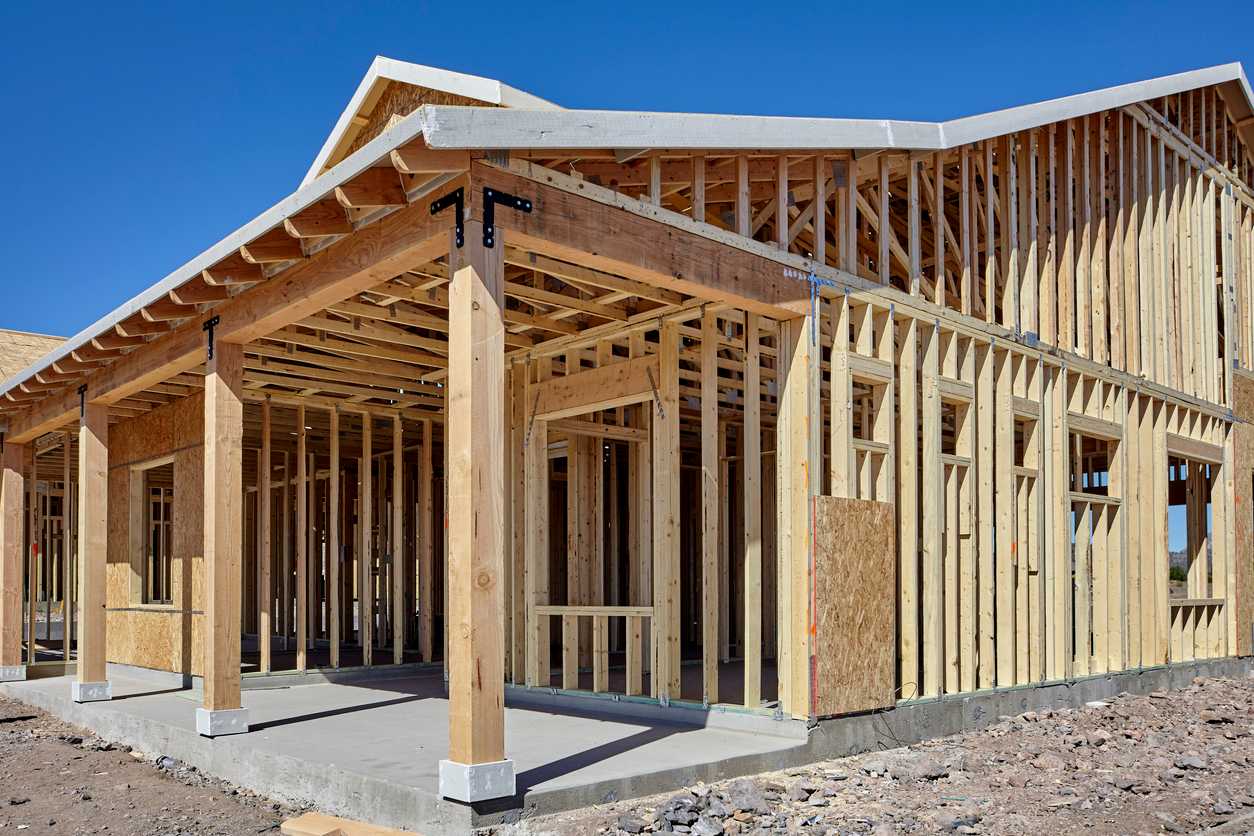


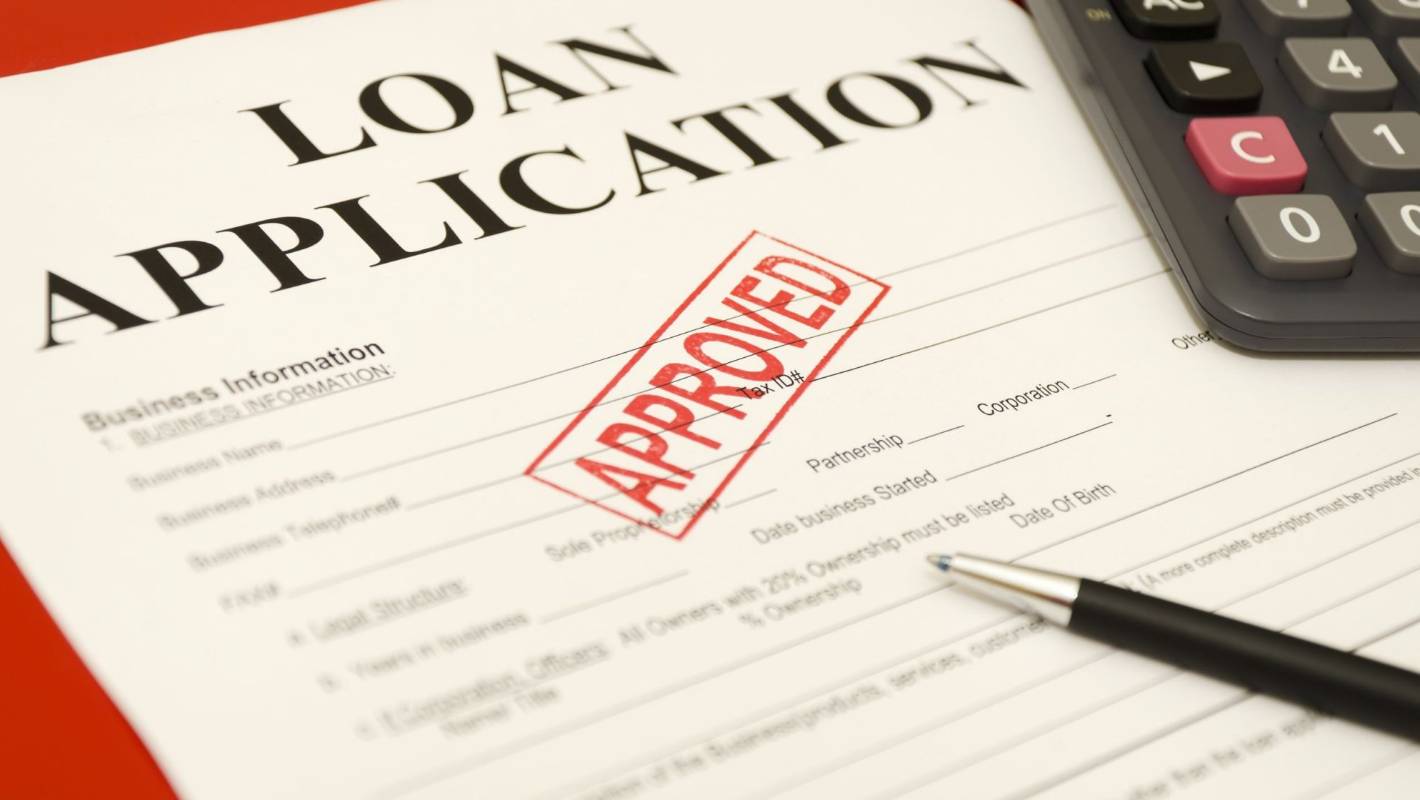

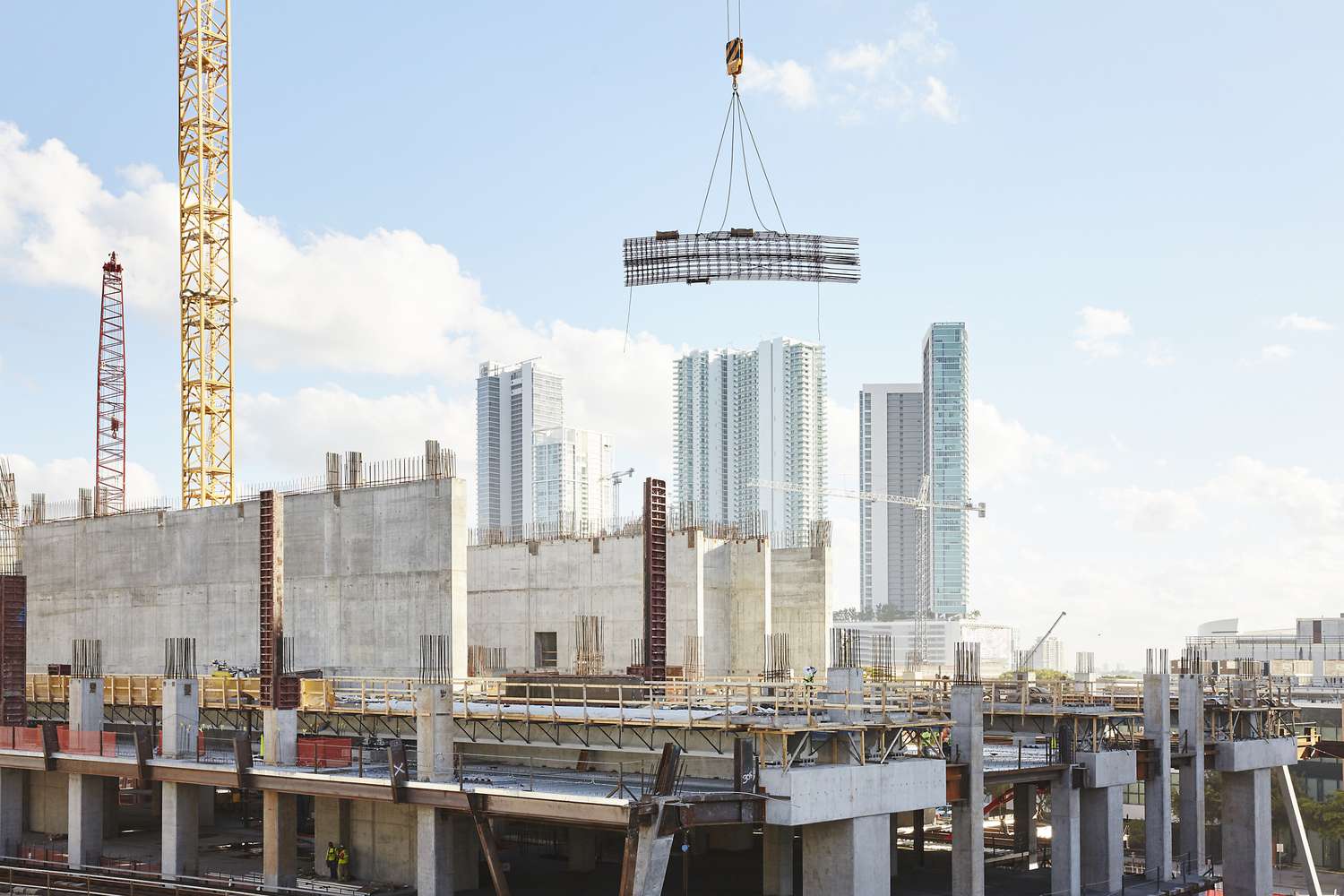
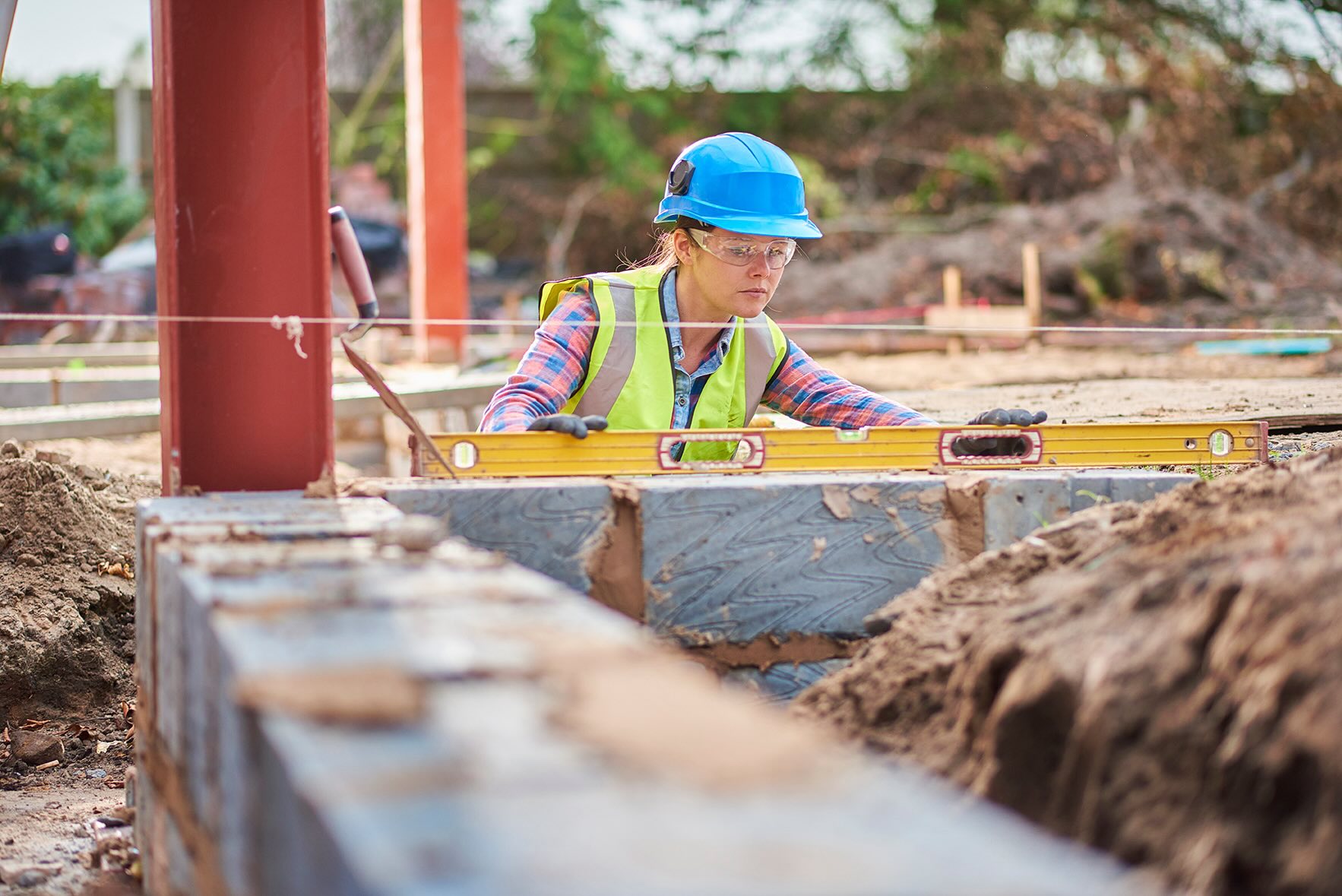
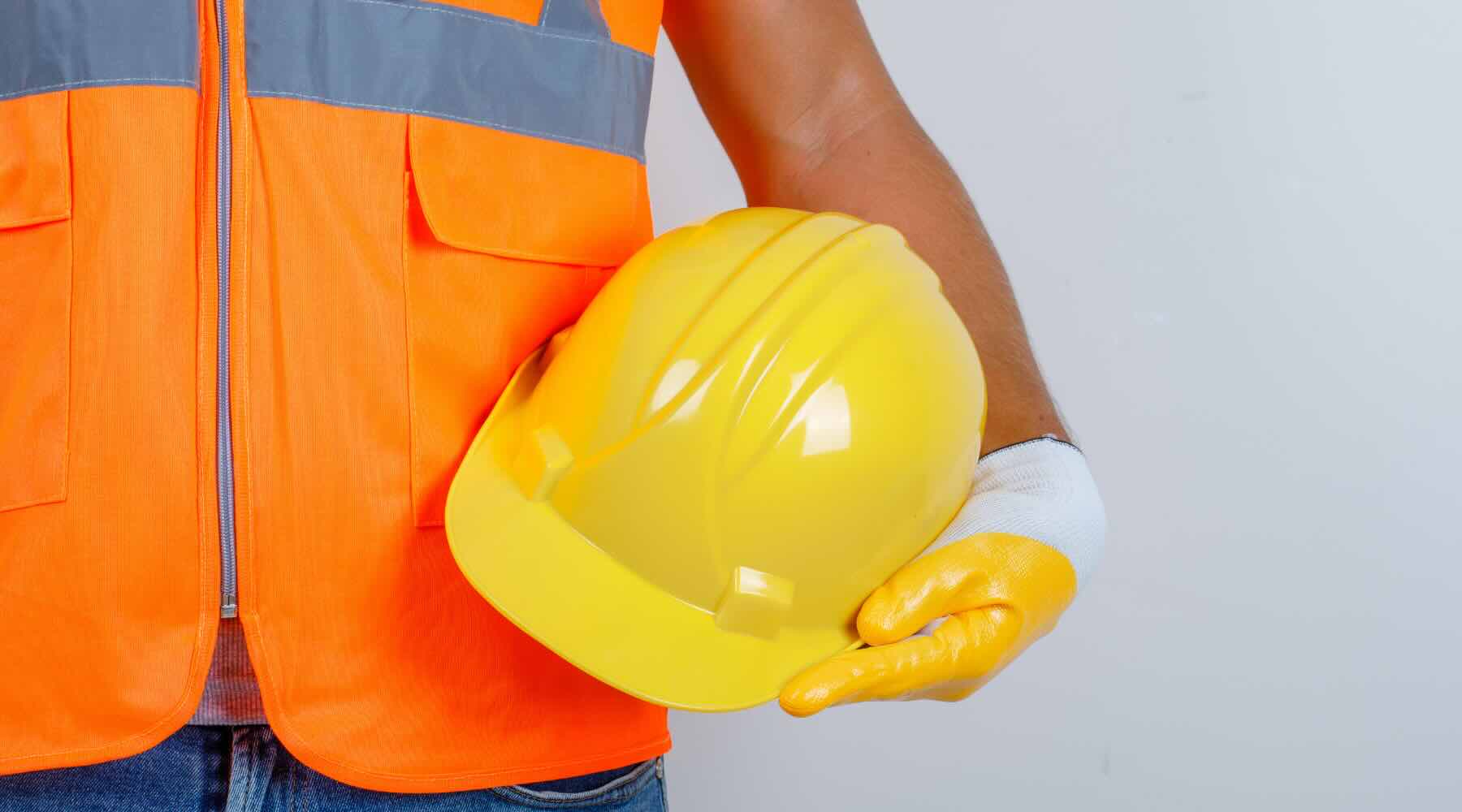

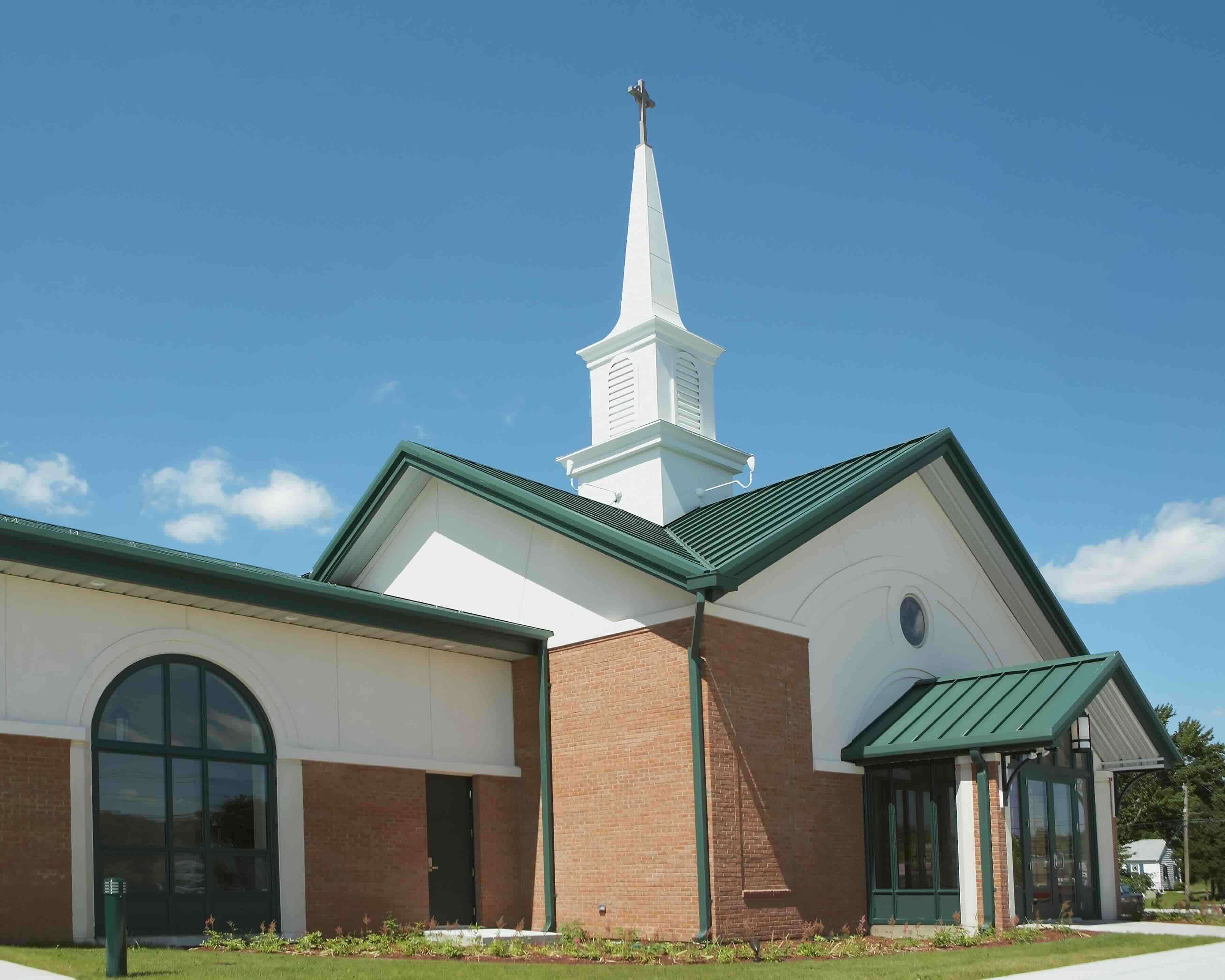



0 thoughts on “What Is The Down Payment Requirement For A Construction Loan”